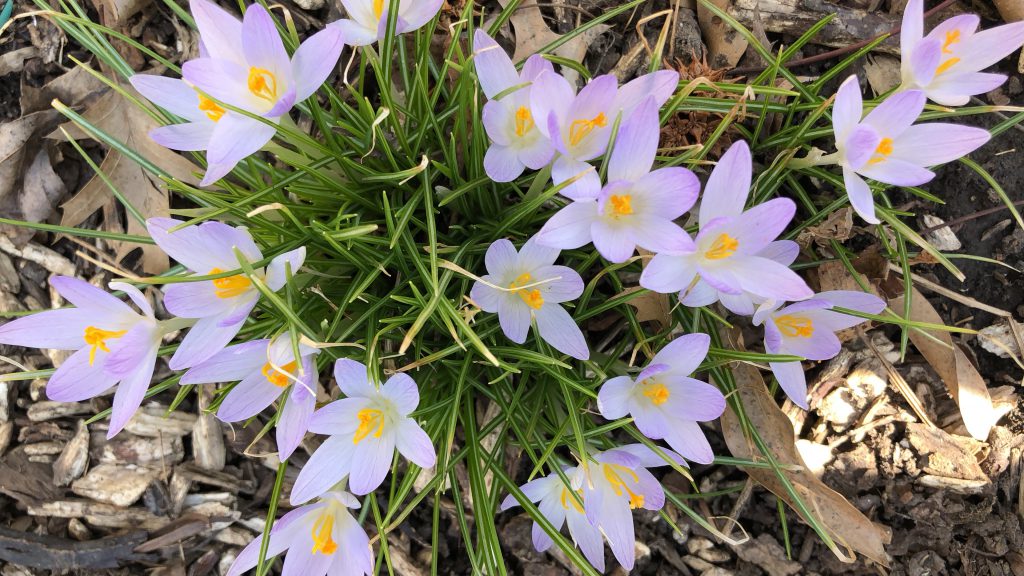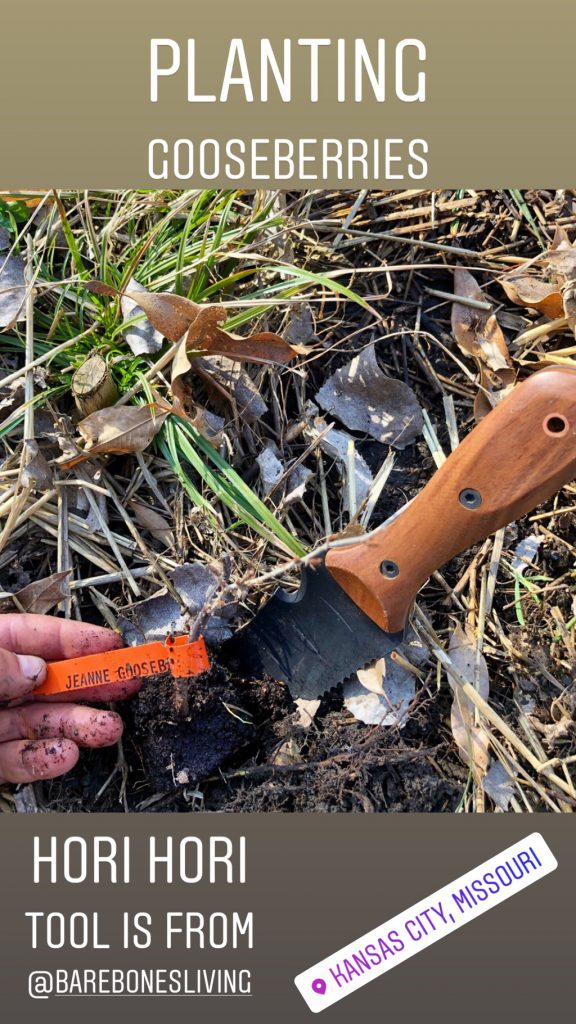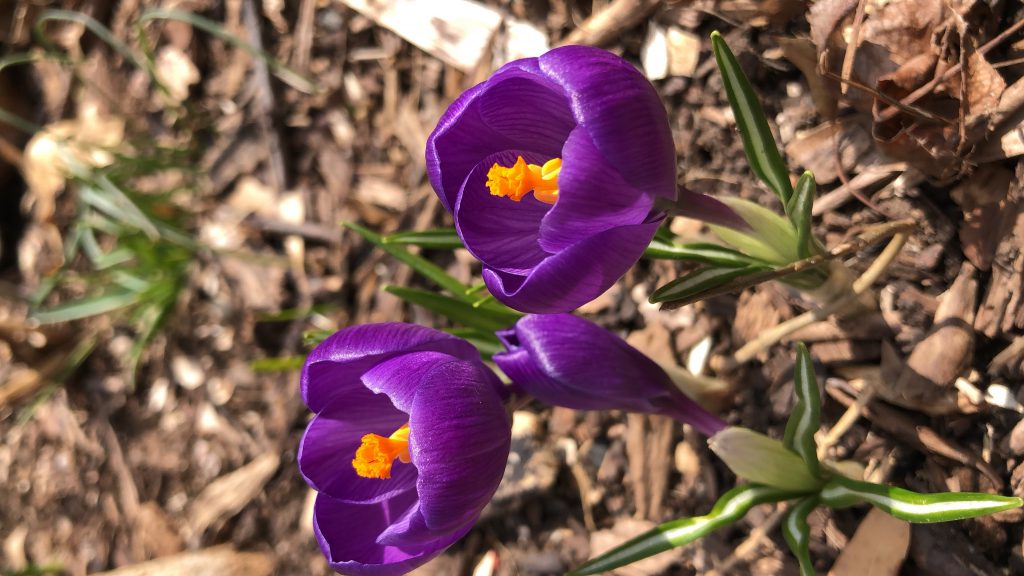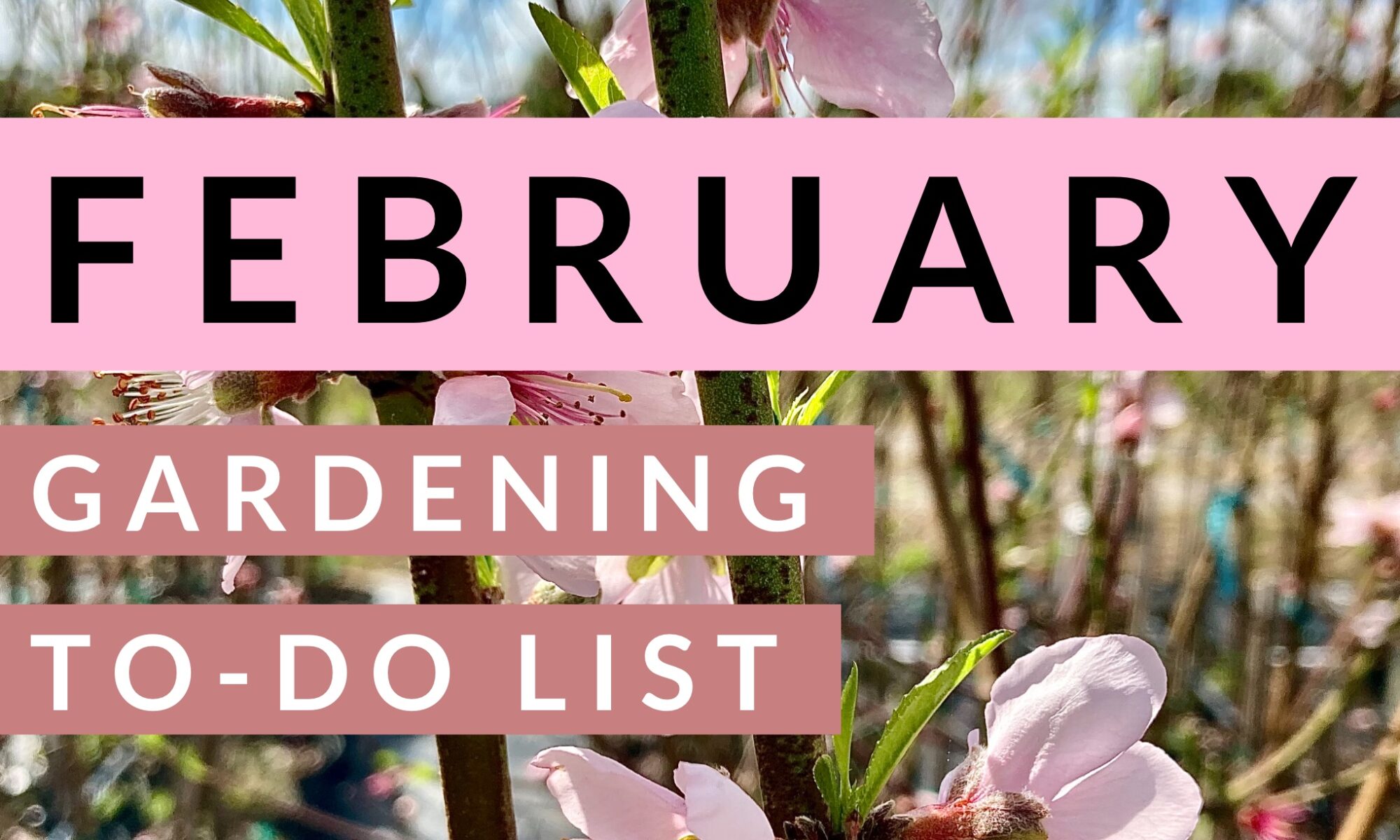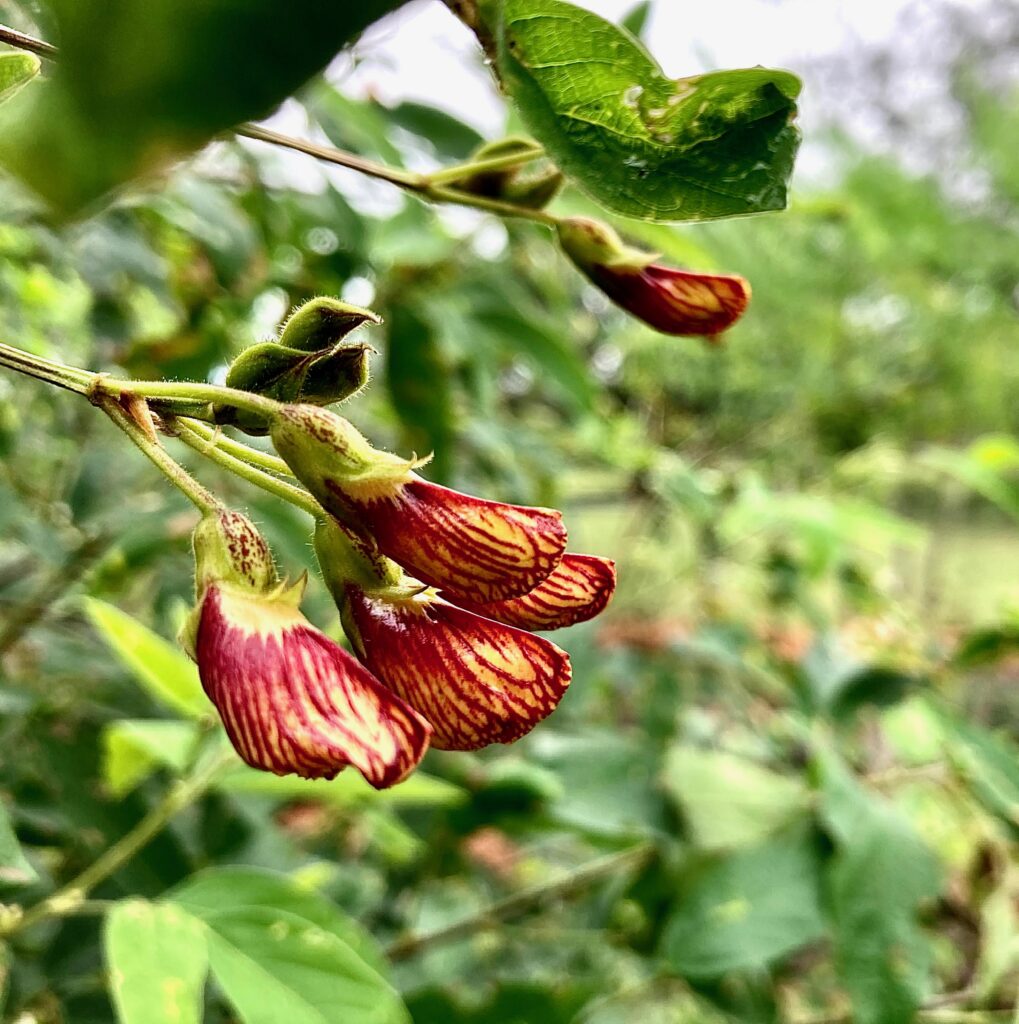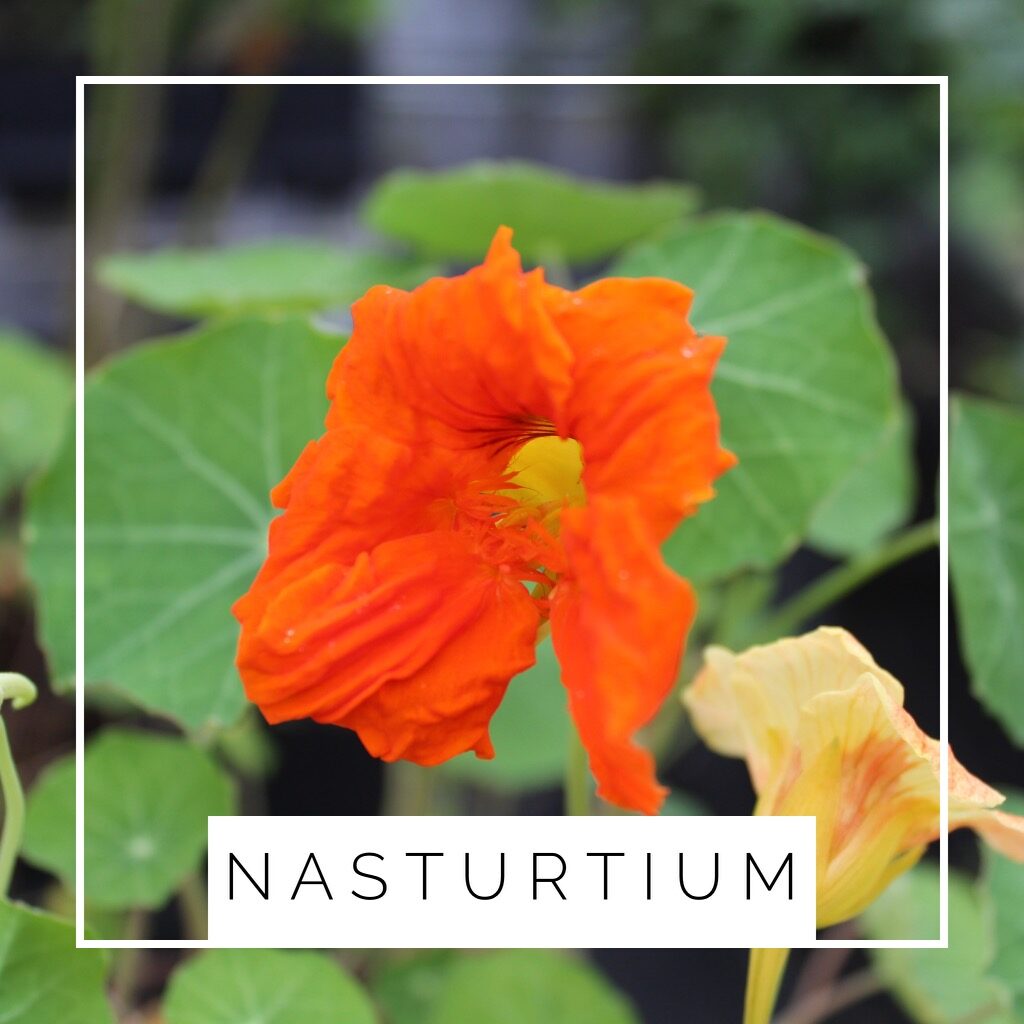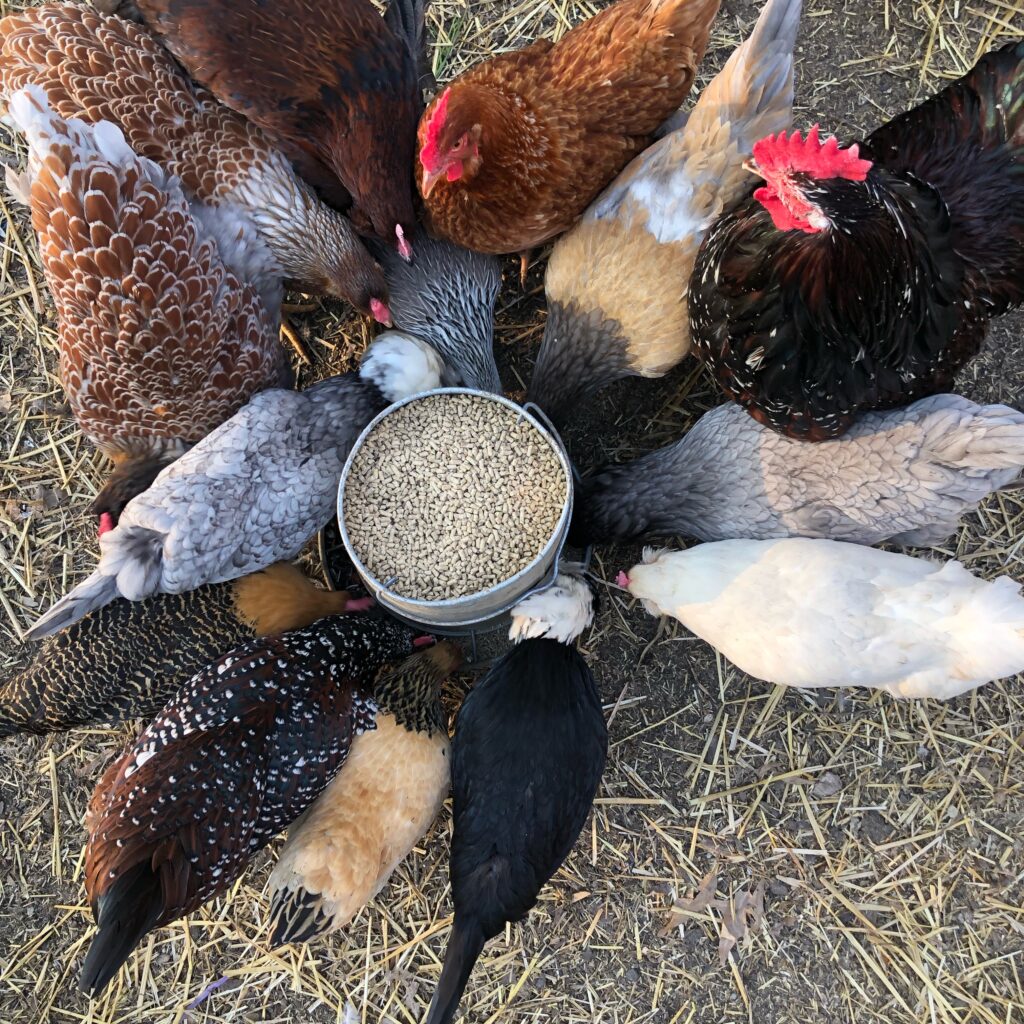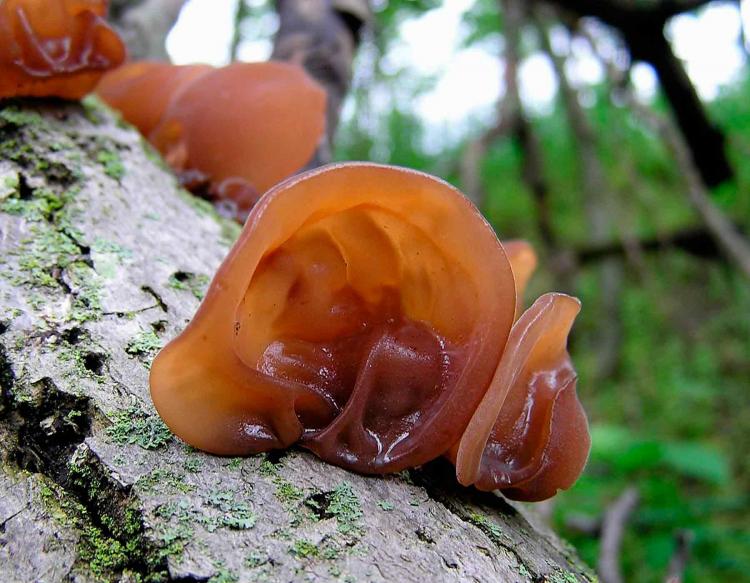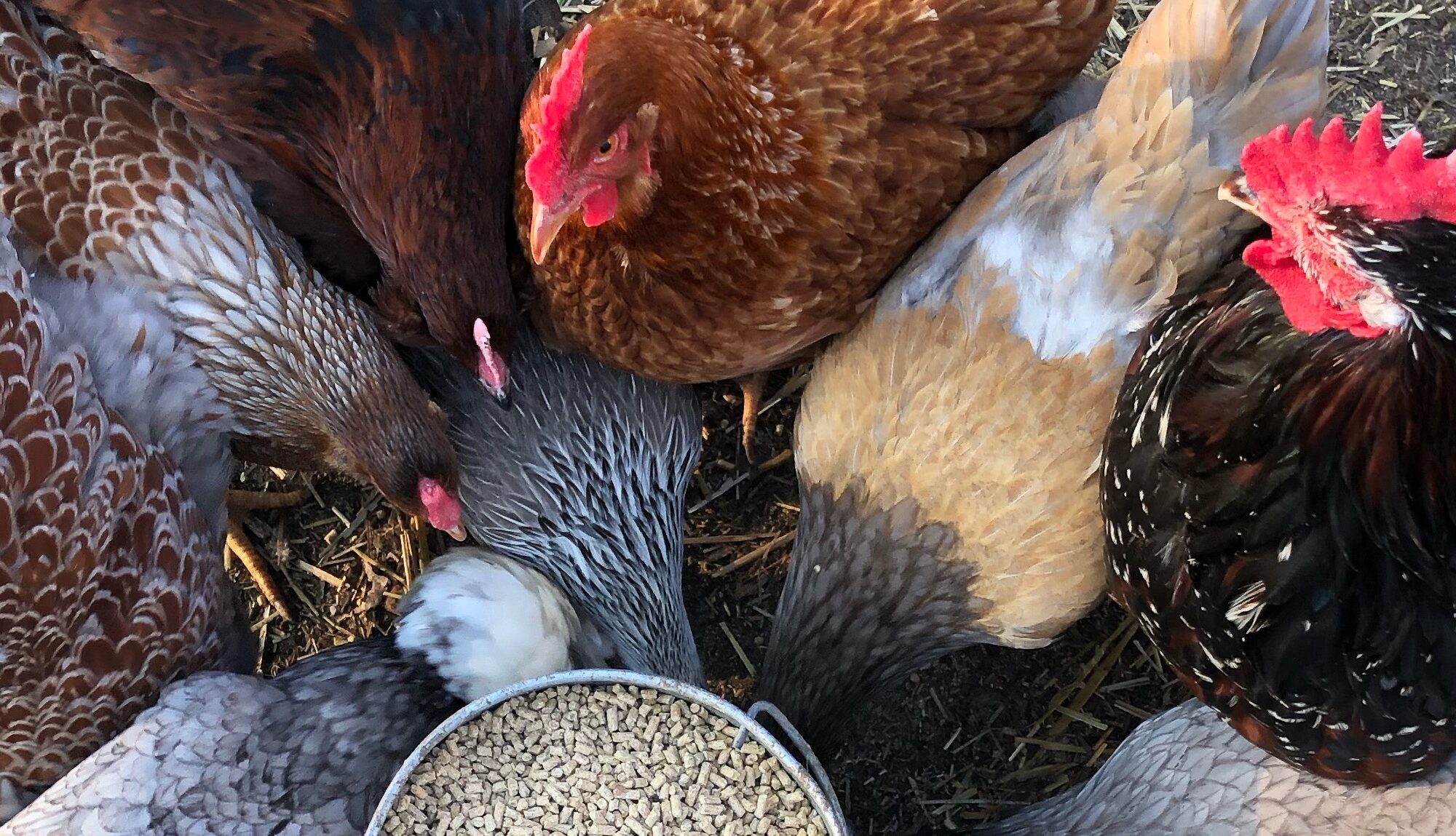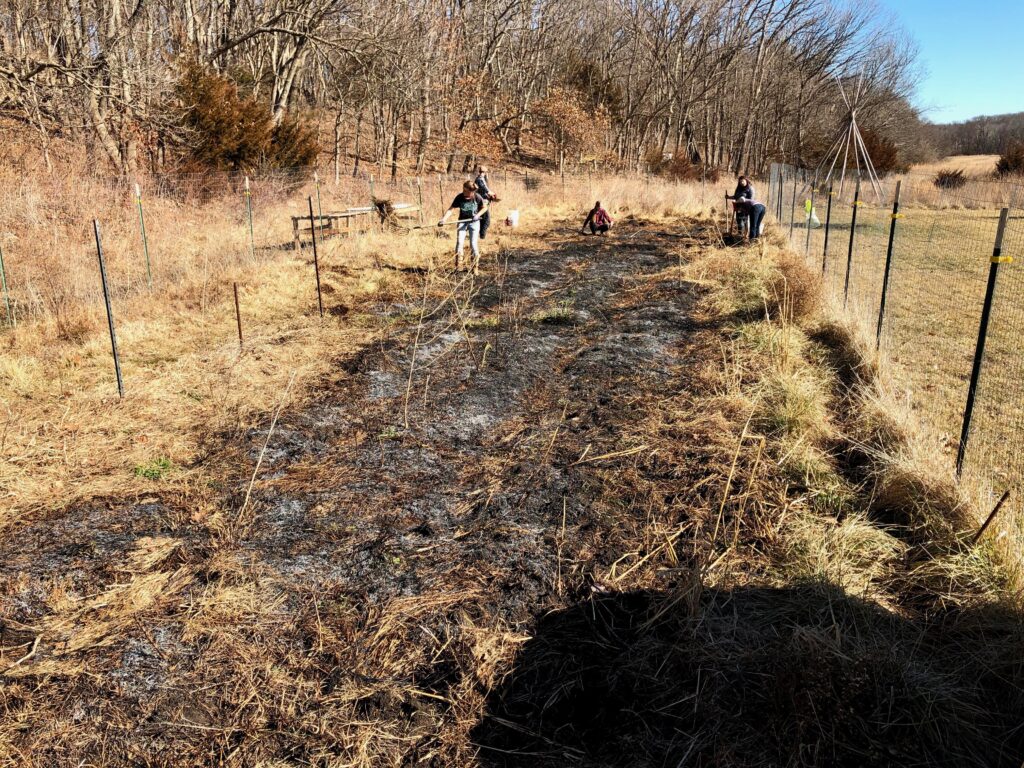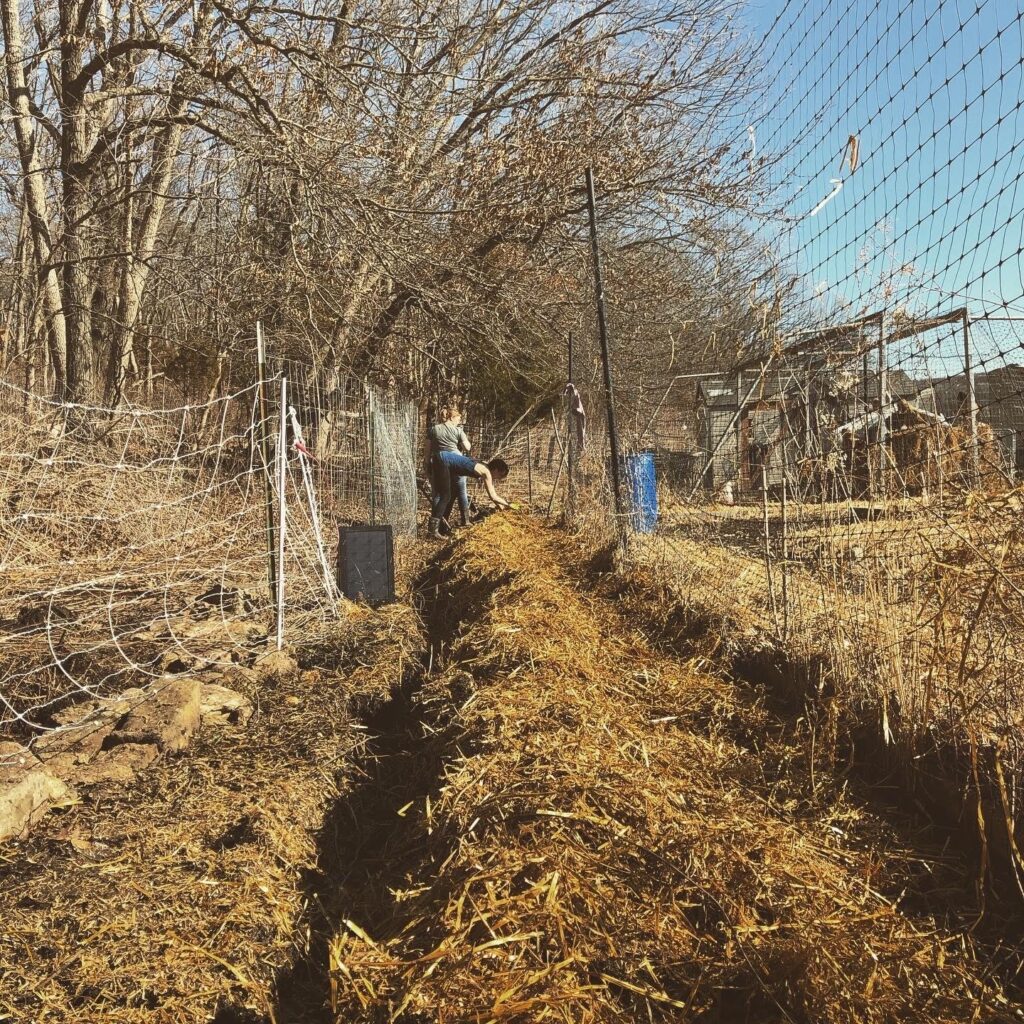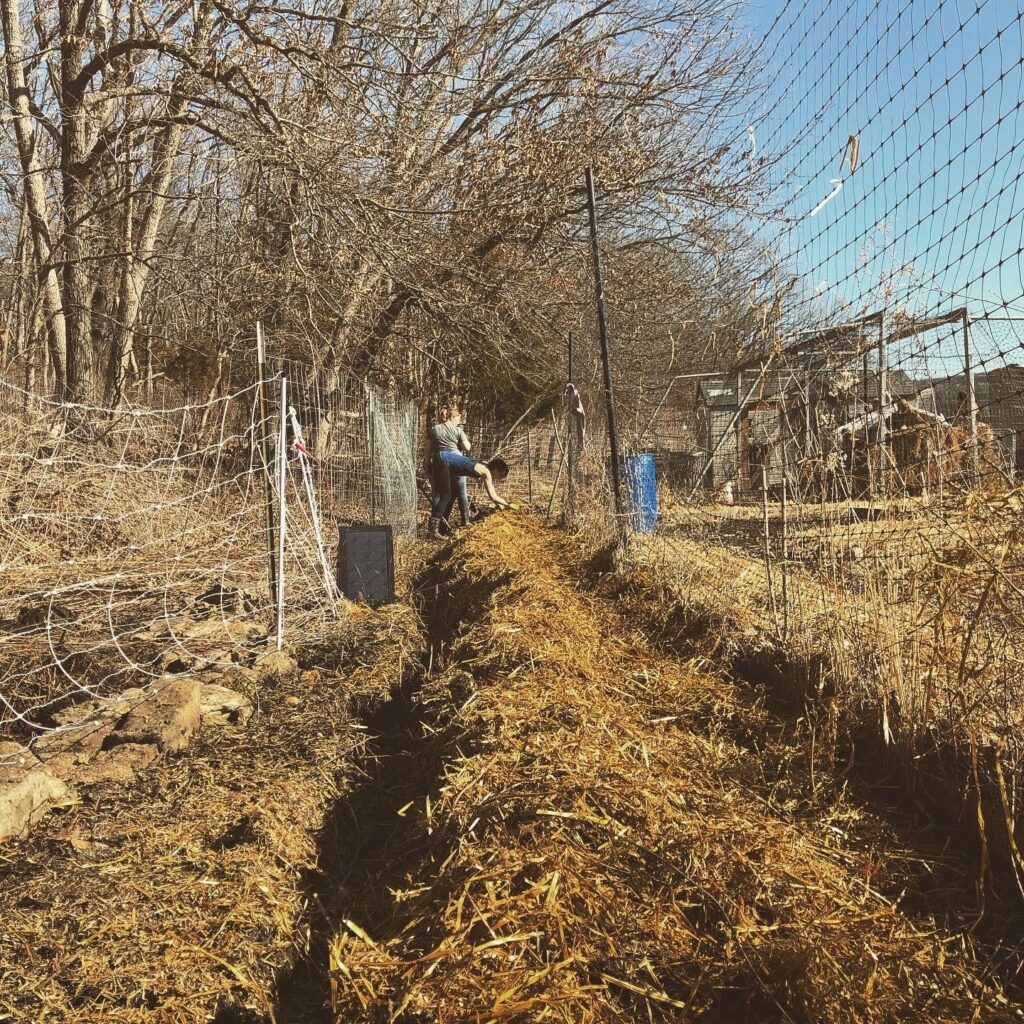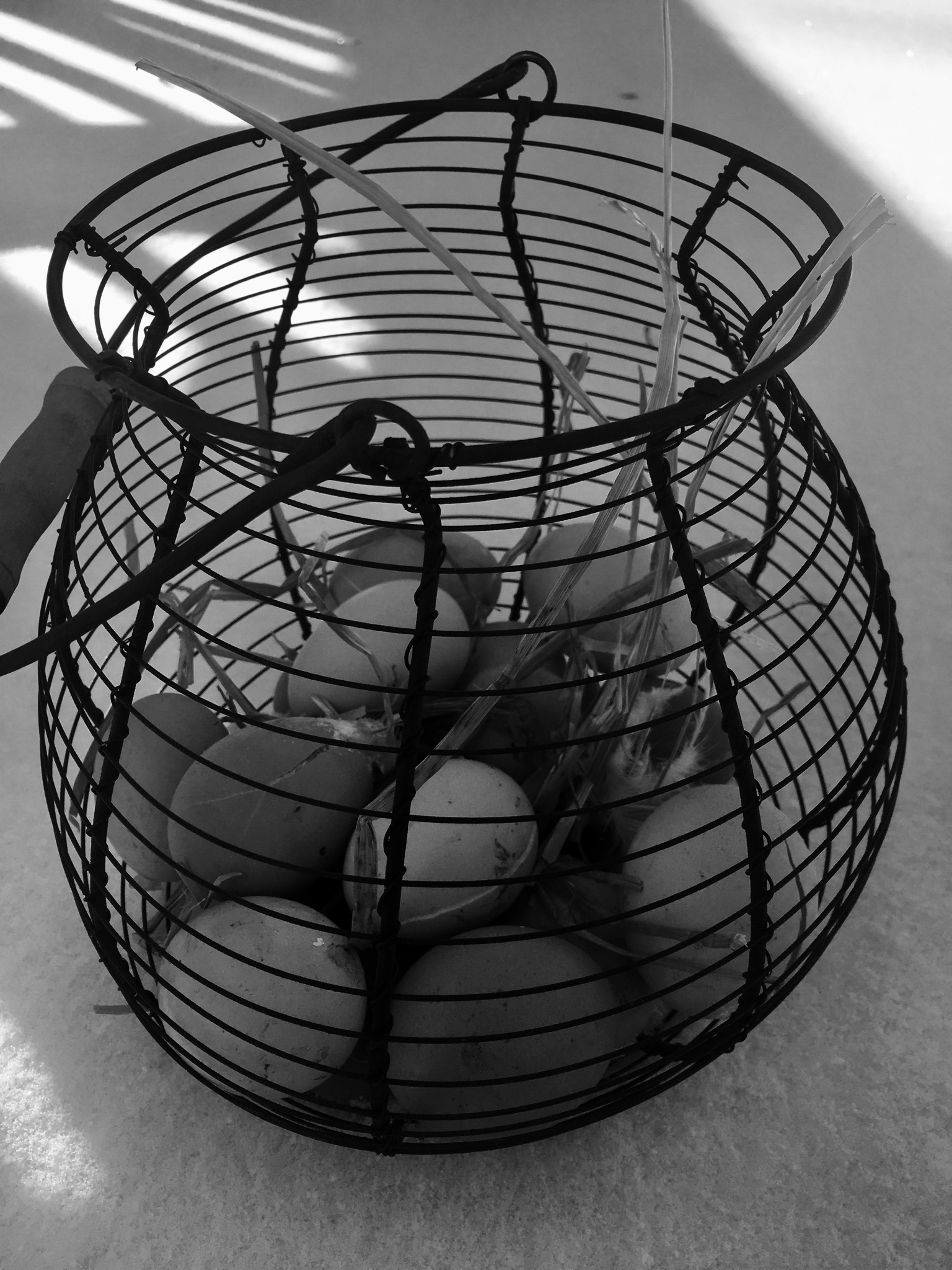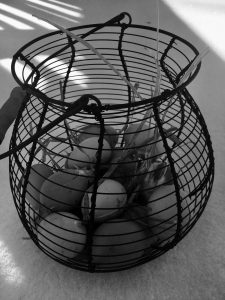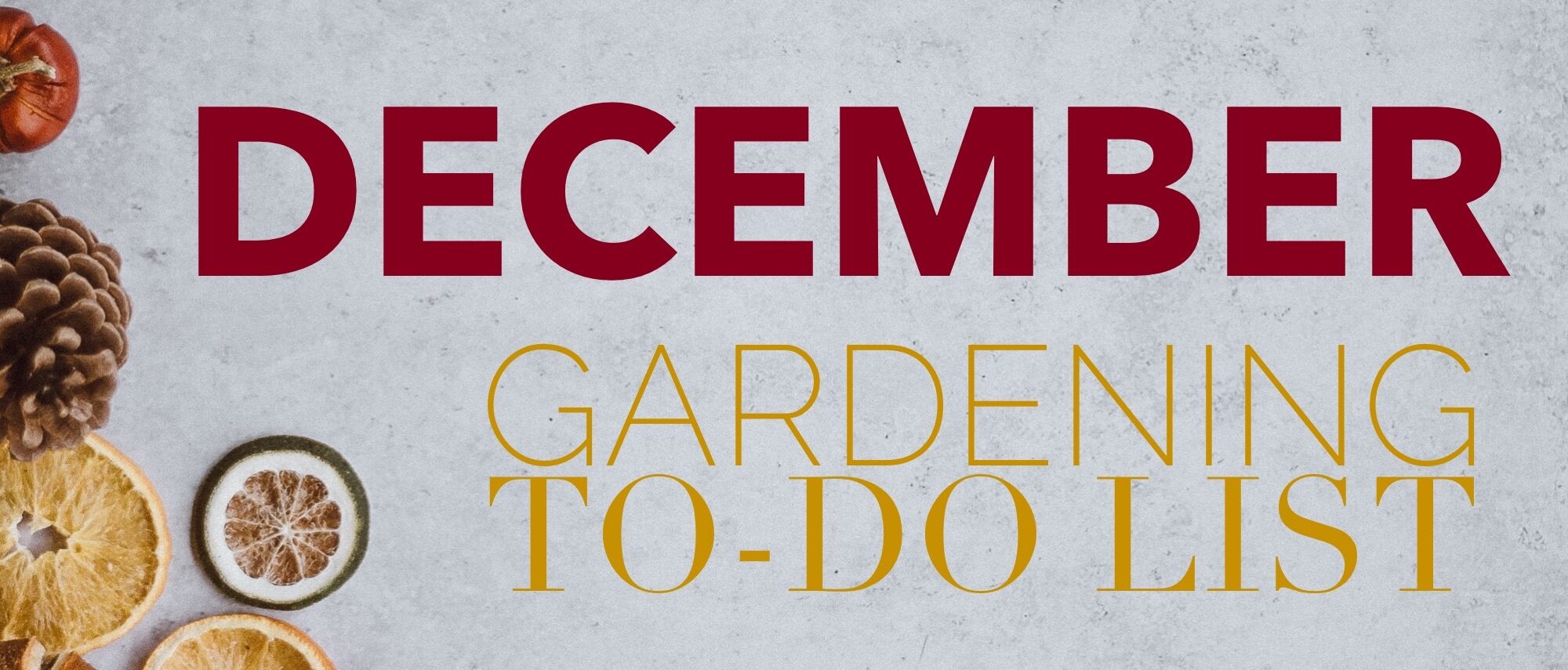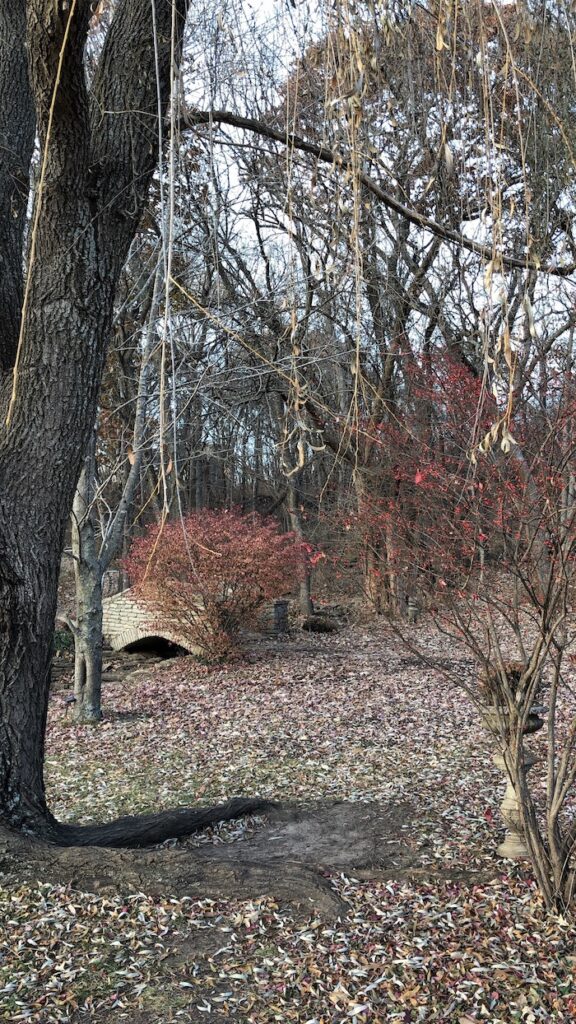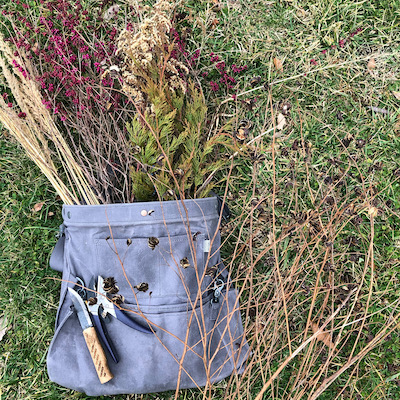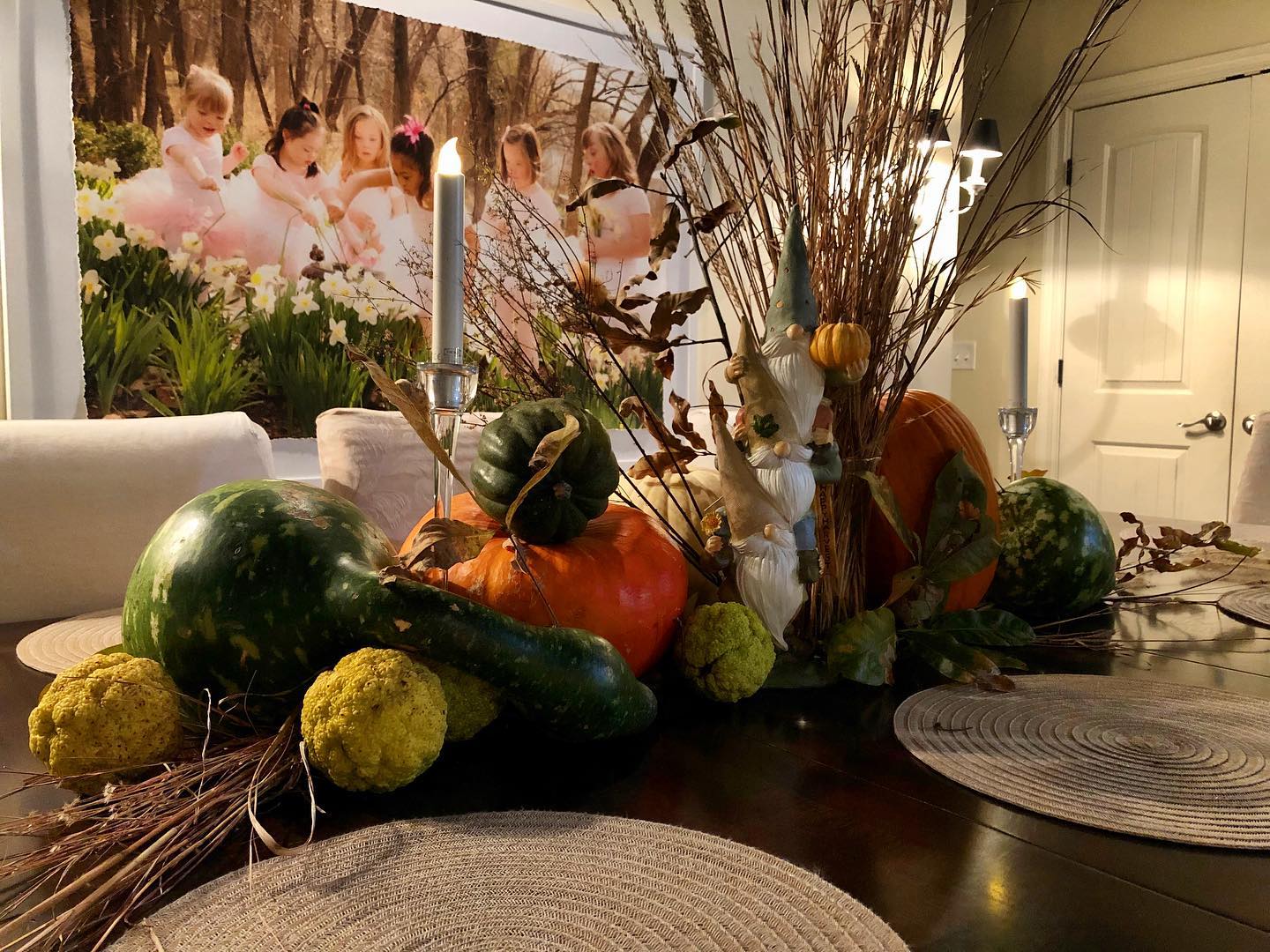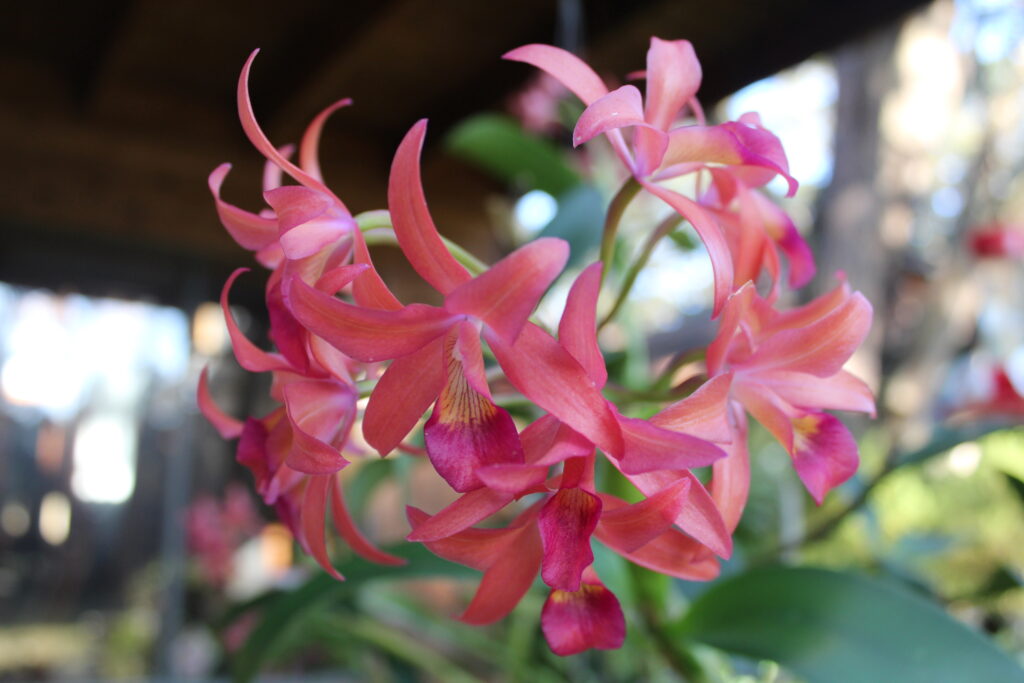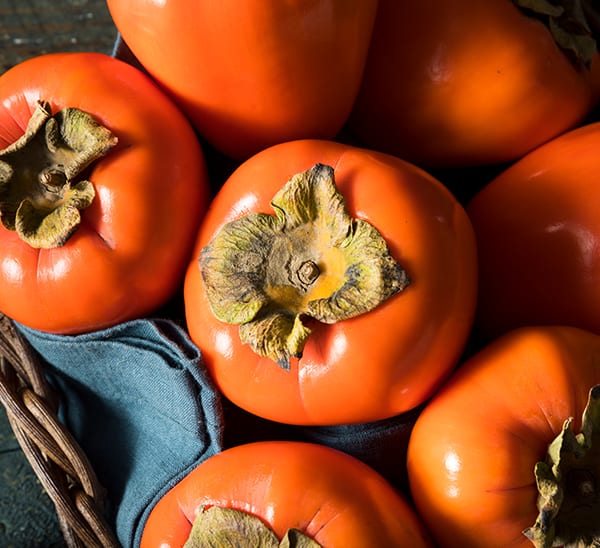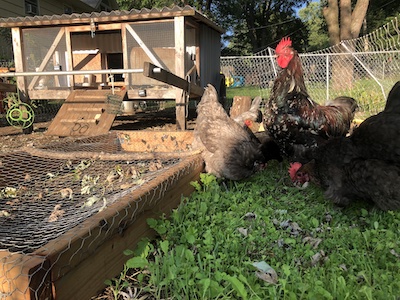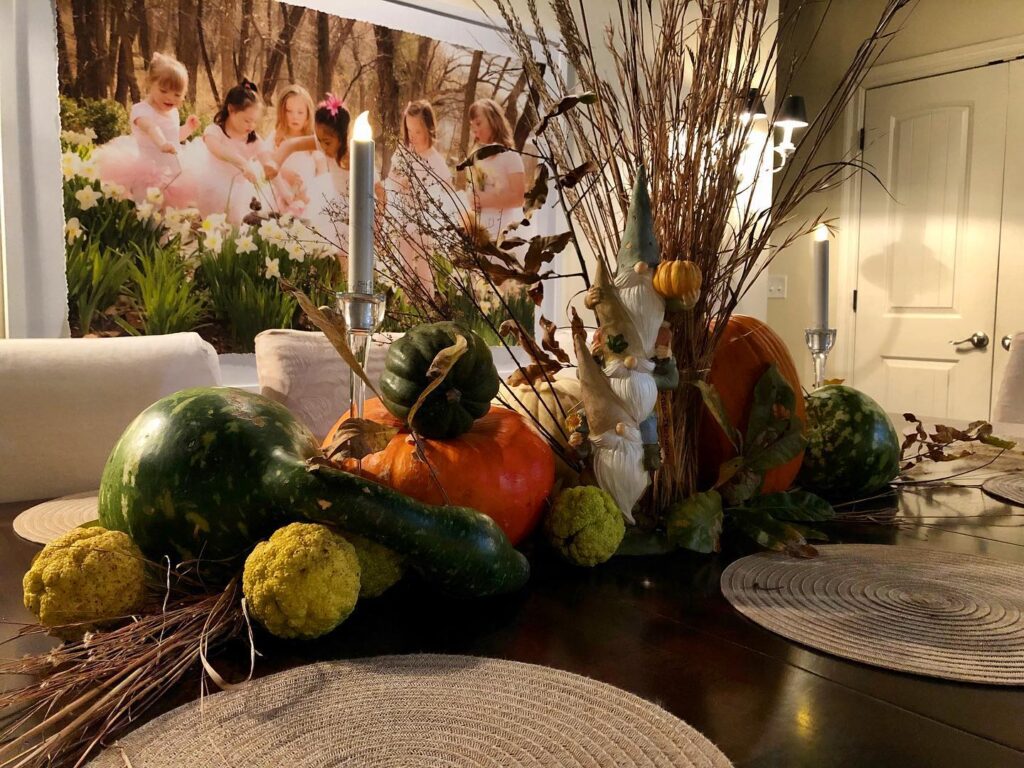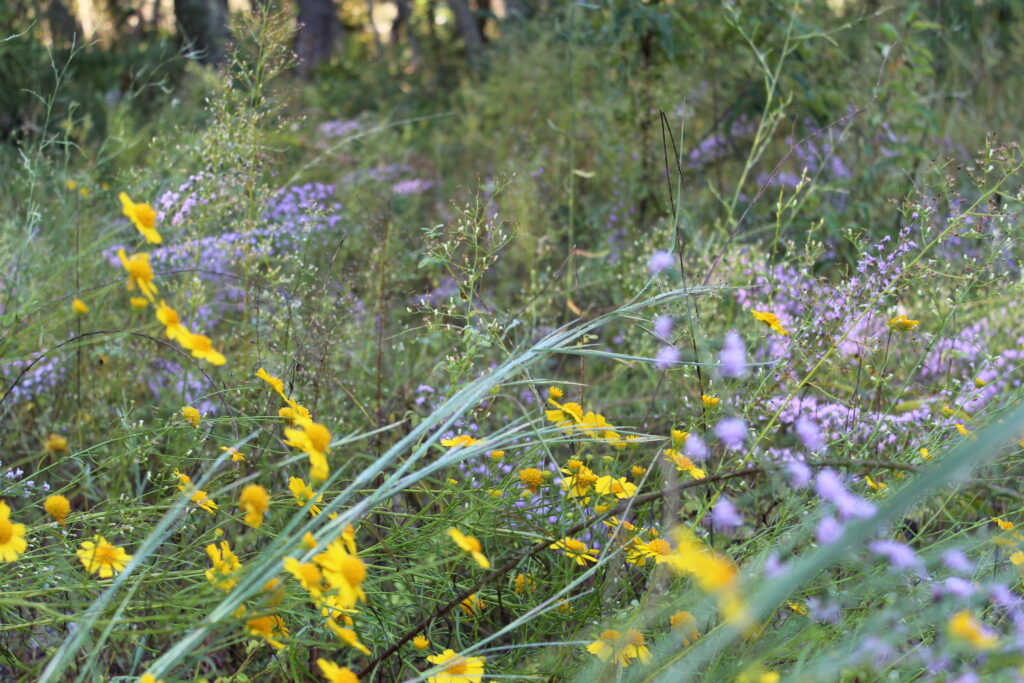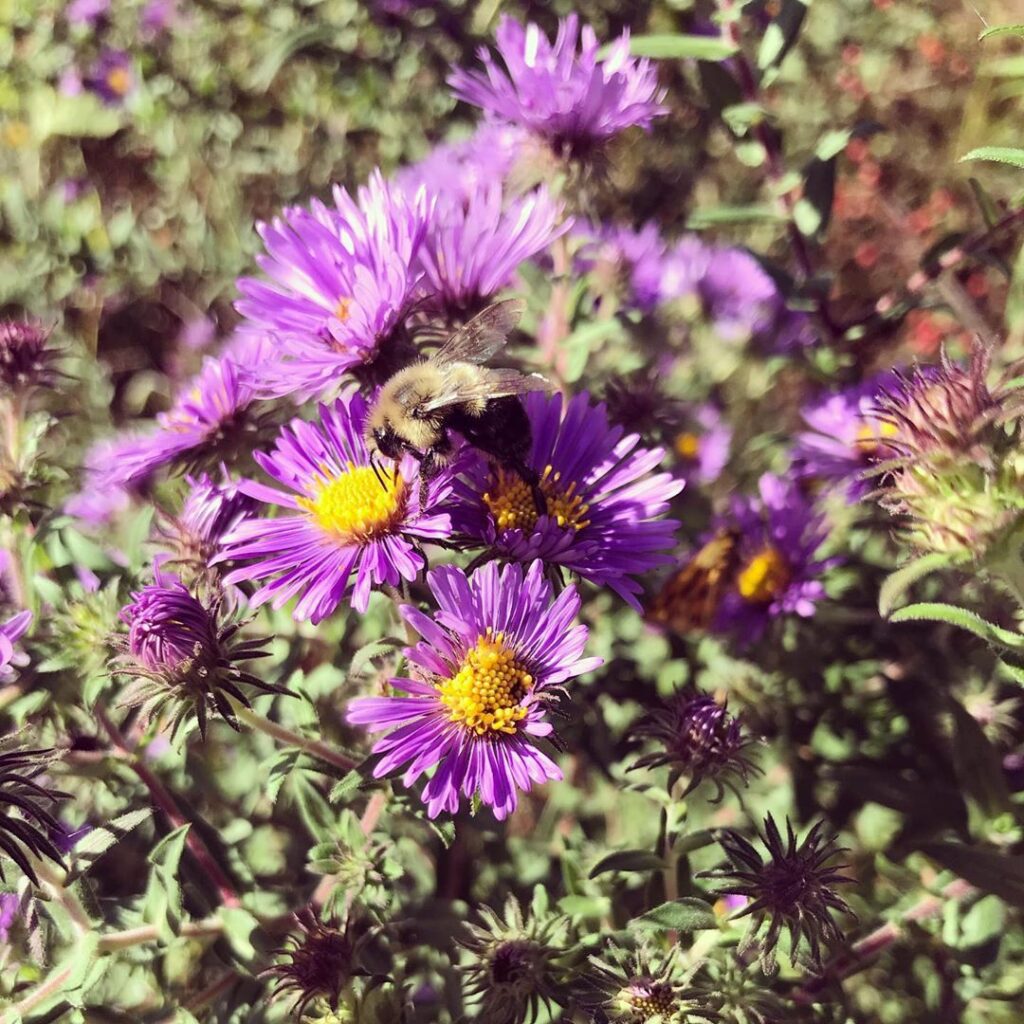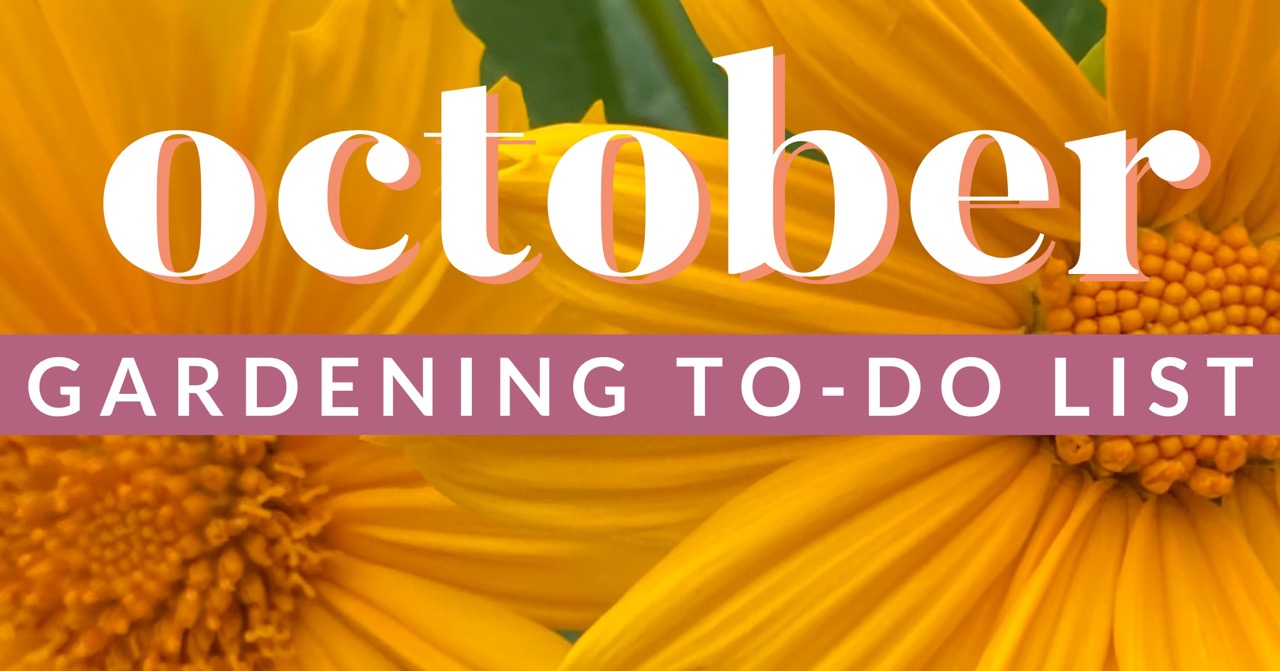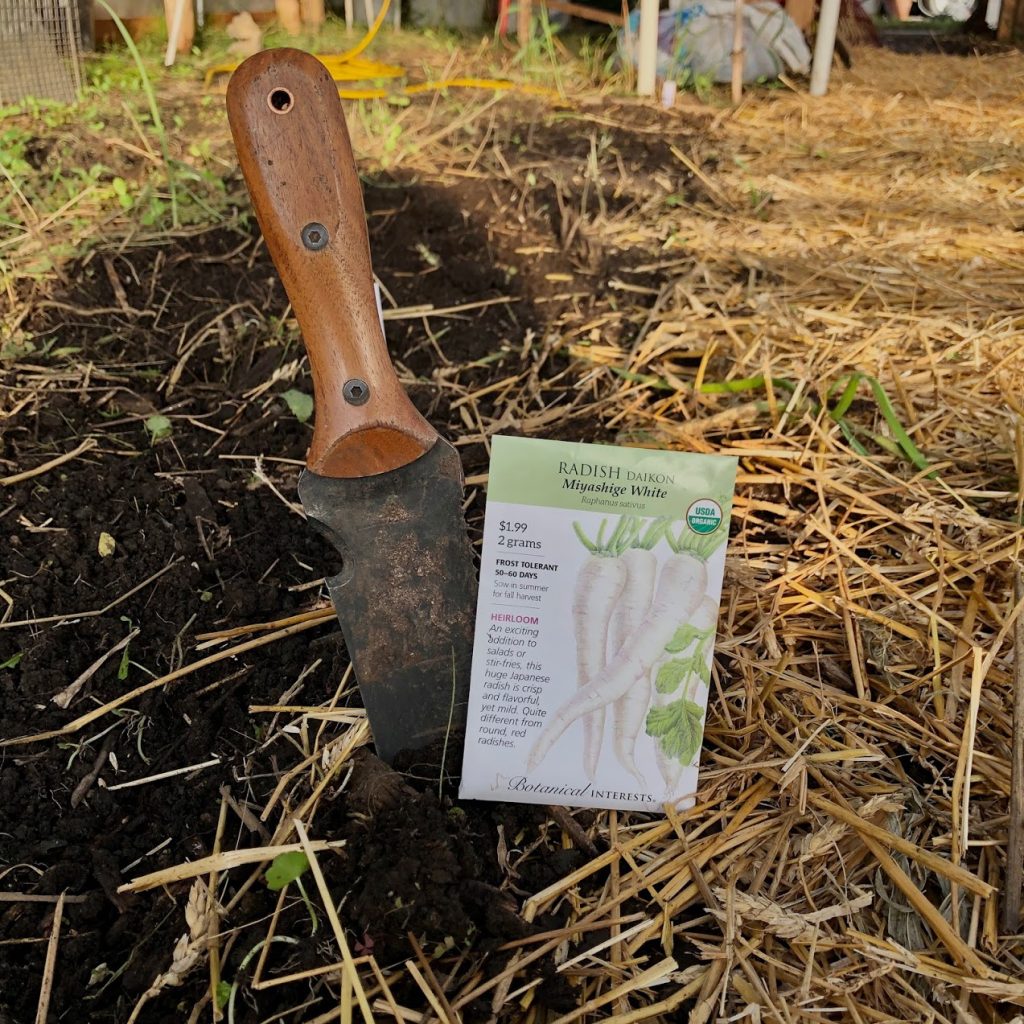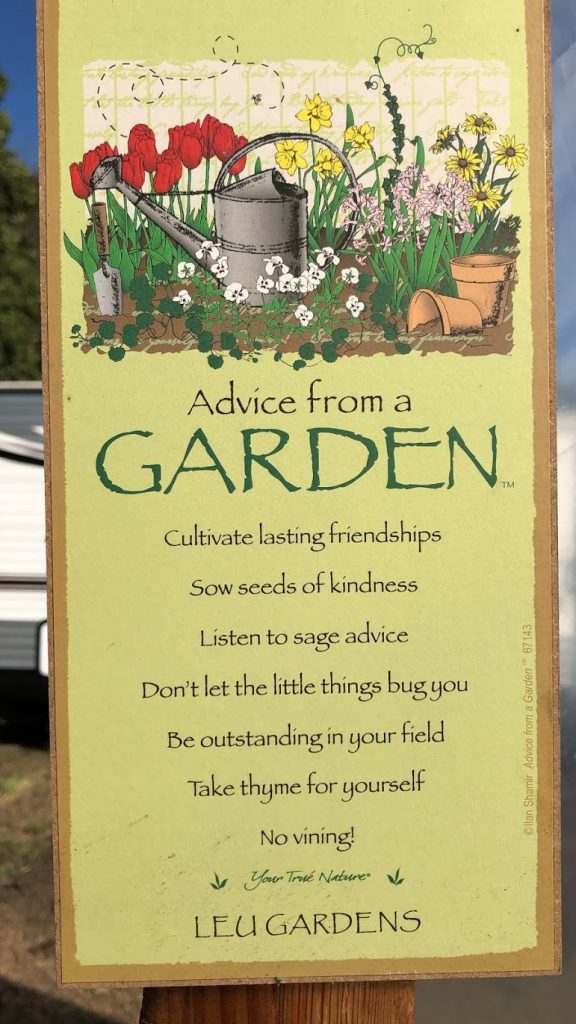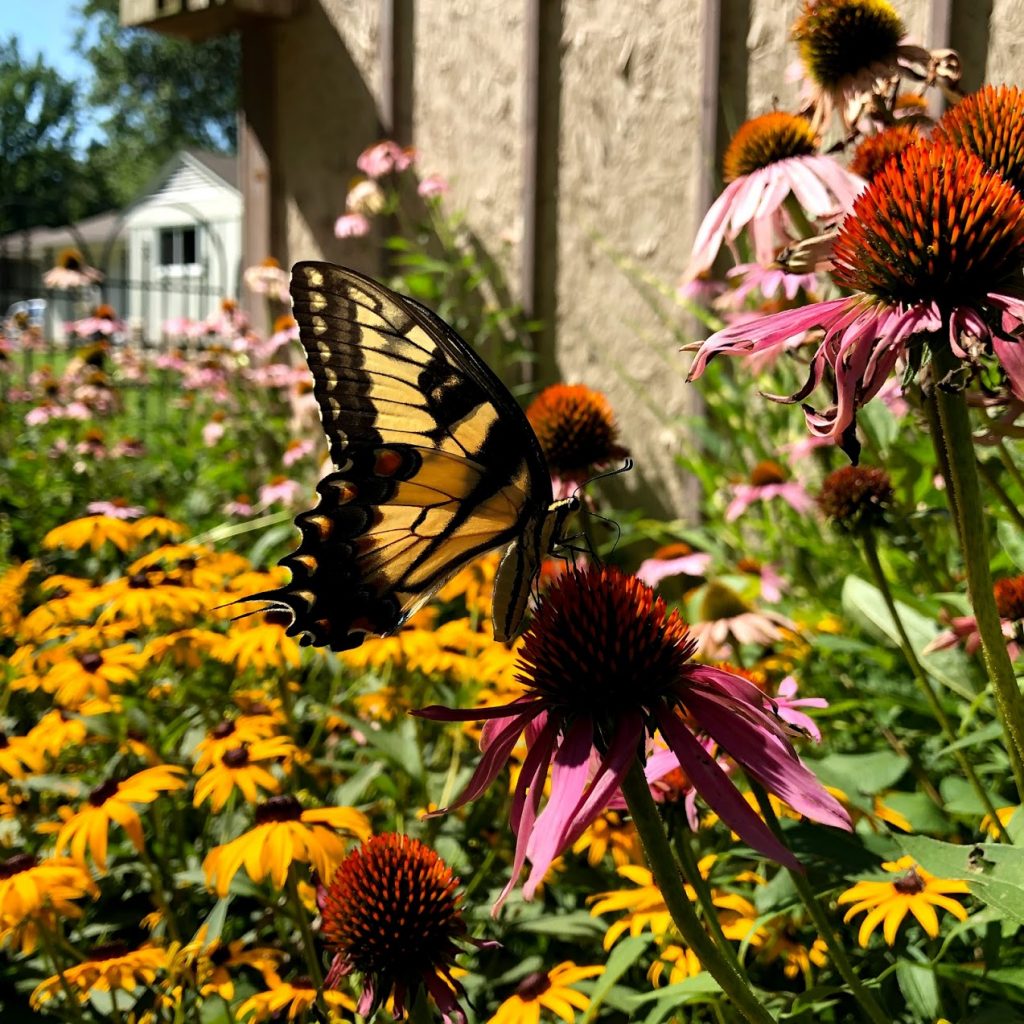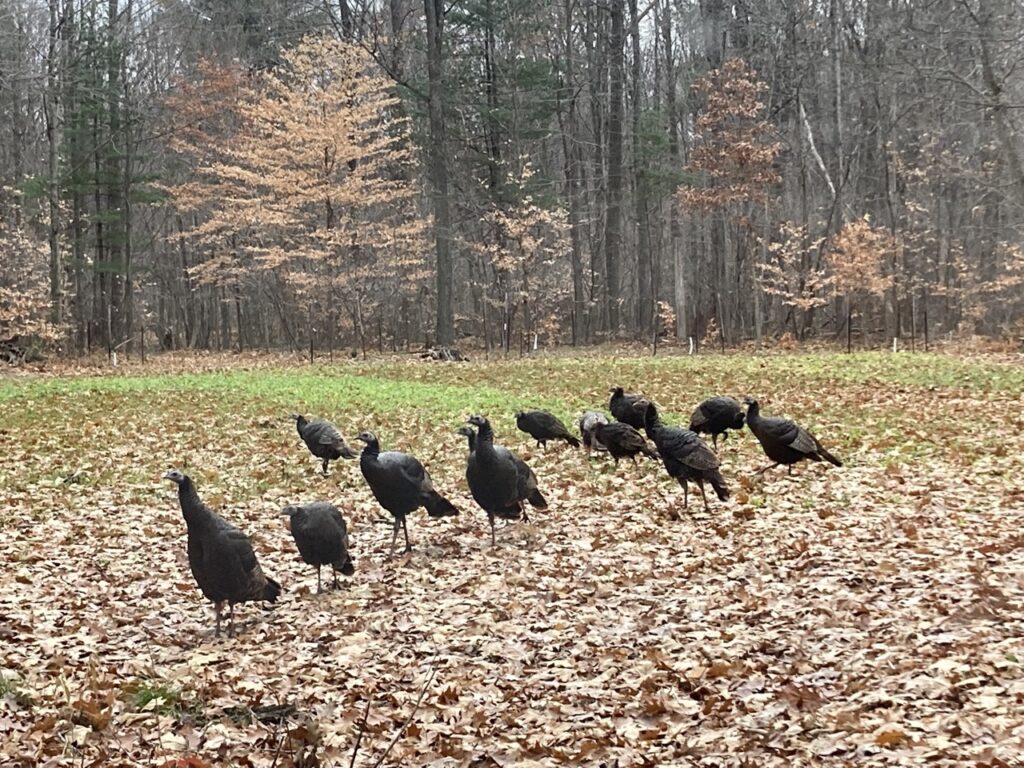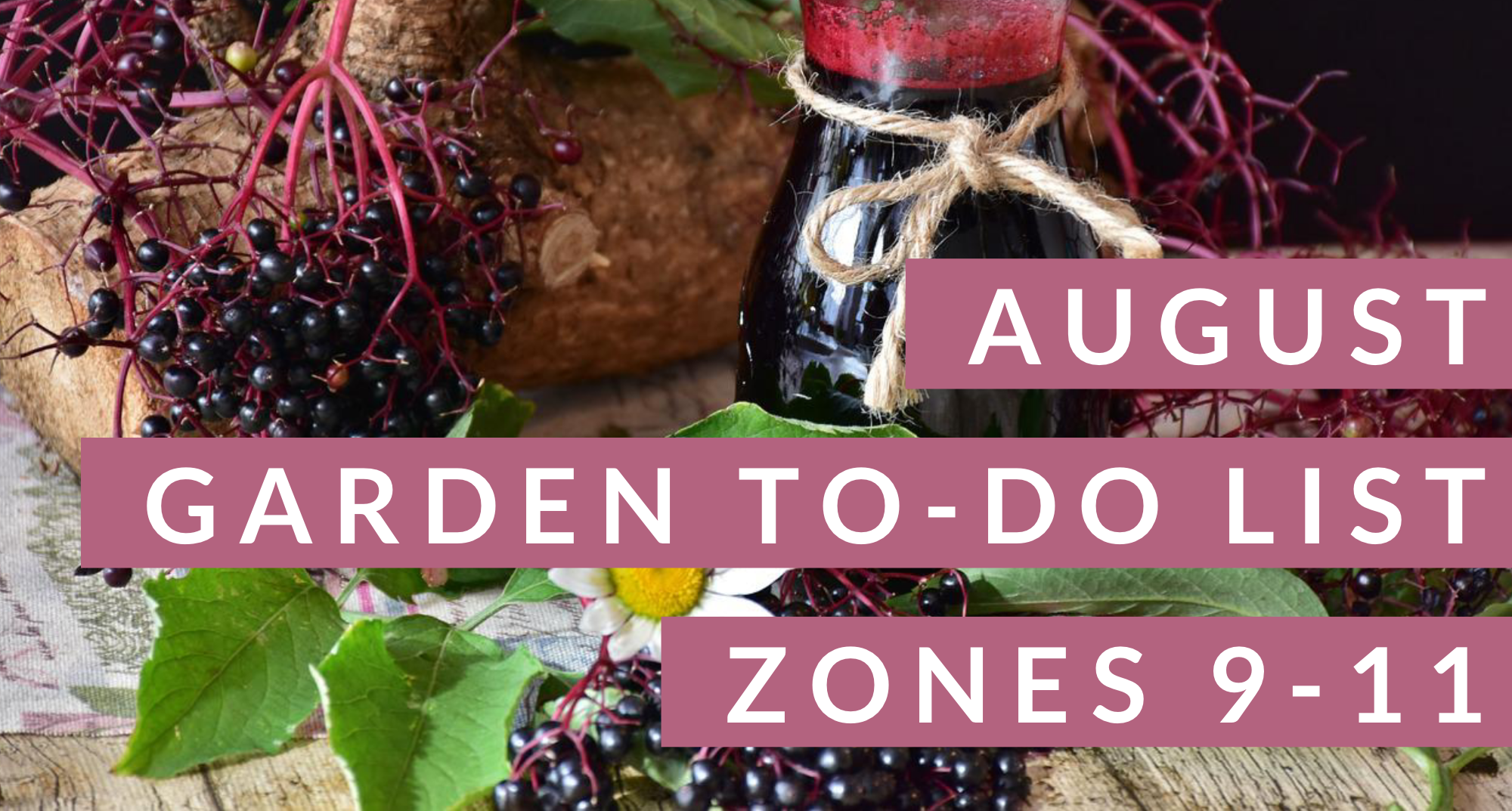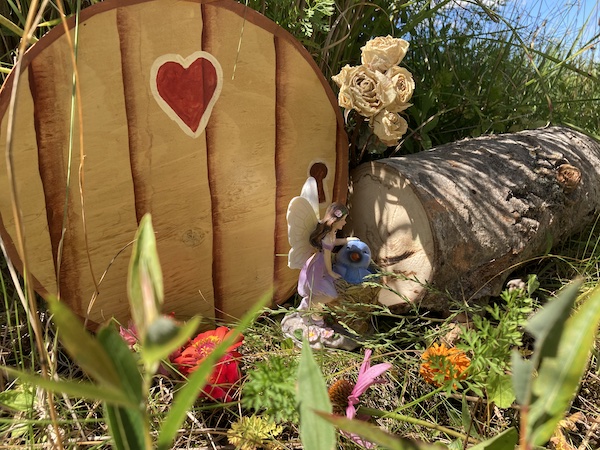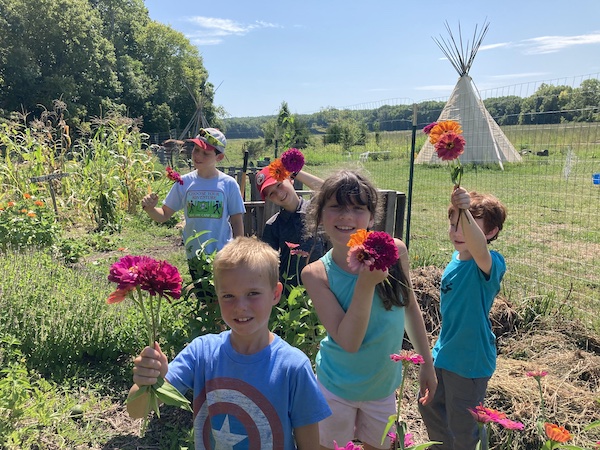Here’s a list of what you should be doing in you garden and food forest in March, if you live in warmer, tropical climates (USDA Zones 9-12). Granted, weather isn’t exactly a science… well, it is… it’s just not a predictable one. Keep a close eye on your weather this month and adjust your planting accordingly. If you are unsure what growing zone you are in, watch this video tutorial. If you are in a colder climate and want info for zones 3-8, CLICK HERE.
Without further delay, ladies and gentlemen, here is March Gardening To-Do List!
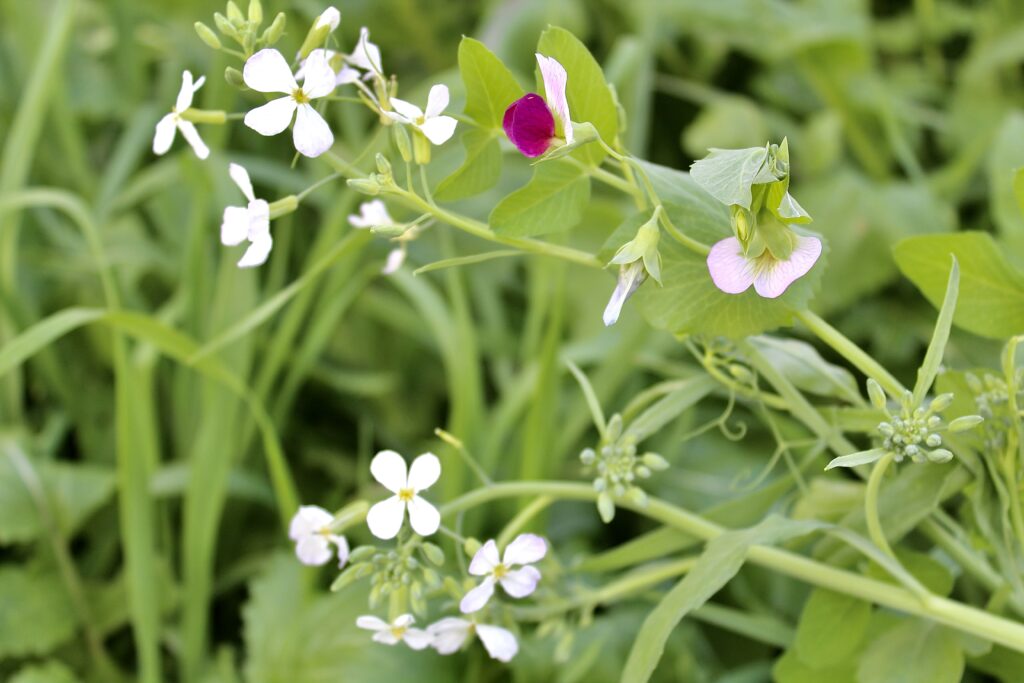
In the Garden
- Take soil tests and send to your local extension office. Take samples from each area of your yard and make sure to get the detailed report. The most important part for me is not the NPK… it’s the amount of organic matter! Generally speaking if you have a higher percentage of organic material in your soil, the rest of the soil health will follow suit.
- Fertilize: Make minor amendments before the spring rains (add blood meal, compost, fish emulsion, and kelp). Many people settle with a short-term “solution” of applying an NPK fertilizer, but a better longterm solution would be to focus on soil building through organic matter, manure, and compost.
- TIP – Spread chicken poop and hay from the nesting boxes on the compost pile and get it working before the weather gets insanely hot.
- Annuals to plant via seed: Okra, peppers, eggplant, more nasturtiums and marigolds (to deter garden pests), pumpkins, squash, and gourds. Also don’t forget to stagger your herb planting (basil, tulsi, ashwagandha, etc) by planting a few every week.
- Annuals to plant outdoors: arugula, beans, borage, carrots, corn, cucumbers, okra, another round of onions, seminole pumpkins (Florida), squash, sweet potato slips, tomatoes (especially Everglade tomatoes), and watermelon.
- Plant some tender annuals like longevity spinach, Okinawa spinach, Surinam spinach, Brazilian spinach, Auntie Lili’s Bele Hibiscus, South Sea Salad, etc. Don’t plant all you have yet, in case we still get another frost, but start putting some out in your more protected areas.
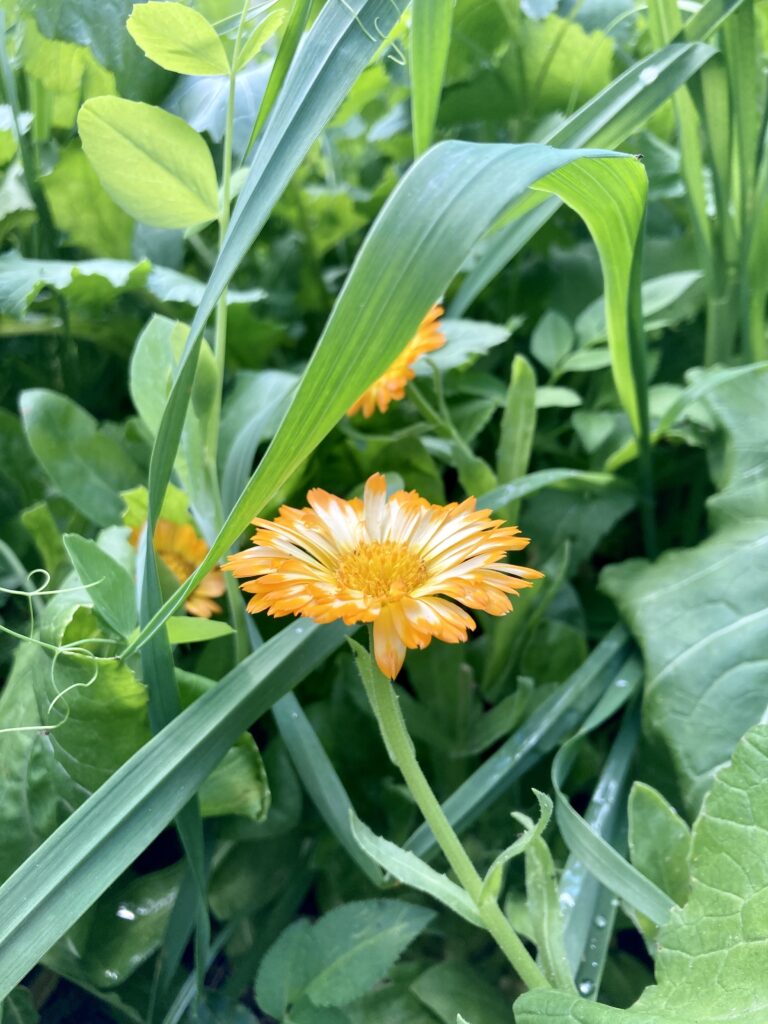
In the Greenhouse
- Plant seed trays: tomatoes, peppers, eggplant, roselle (Jamaican Sorrel), Cranberry hibiscus, katuk, etc. Start perennial seeds for food forest planting: goji berries, trees from seed (like Moringa), etc. Also start food forest items like Roselle, cranberry hibiscus, elderberry cuttings, sugar cane, and bananas.
- Fertilize orchids well this month
- TIP: Always plants more than what you think you’ll need. The worst case scenario is that you have some to share with neighbors, friends, or gorilla plant in a local park.
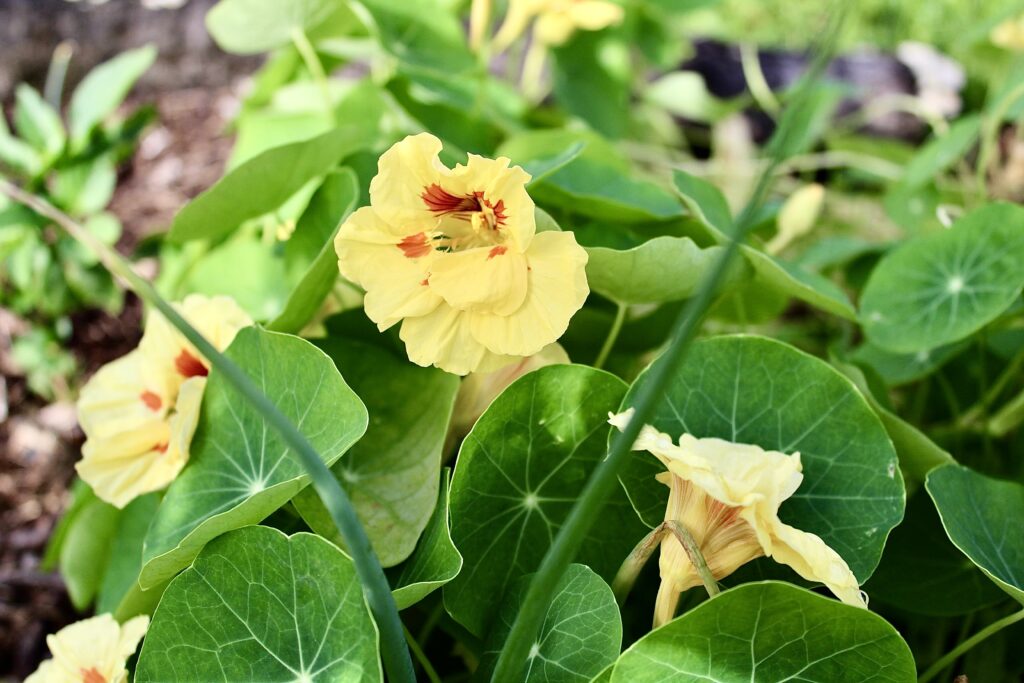
In the Food Forest
- Break up any large sticks and twigs. They will decompose much faster if they are in direct contact with the soil.
- Remove leaf cover from the soil and use as a mulch around the base of trees / bushes (cover the sticks). You can chop it up a bit with the mower if the leaves are still crispy.
- Plant alley crops between rows and plantings. In zone 9, personally love planting durana clover, red clover, chickory, and winter wheat. Sun hemp should be purchased now and planted the first of April.
- Plant living mulches around the base of the trees (turnips, Bocking 14 comfrey root, borage, nasturtiums, etc.)
- Feed native wild birds before nesting season starts in order to encourage them to live in your area. They are fantastic bug control and leave behind little bits of birdie poo.
- Hang wild bird houses and bat houses before nesting season begins.
- Set out orange halves and grape jelly to attract early migrating orioles.
- Spray your spring foliar spray on every perennial in the food forest! Get the recipe here.
- Add fresh mulch to trees and shrubs (up to 5″ thick). Remember to always keep the mulch away from the trunks of the trees.
- Get a permaculture consultation to help you come up with a game plan for your overall property, garden, and food forest. PermacultureFX now offers both in-person and digital consultations (at a reduced rate).
- March 1-15th: Plant cold tolerant trees: peach, plum, nectarine, blueberries, elderberries, pear, apple, etc.
- March 15-30th: Plant tropical trees (if the 30-day forecast looks warm): avocado, mango, strawberry tree, tropical cherries, etc.
- Fertilize fruit trees and berry bushes with bloodmeal and compost NOW! You could also additionally use kelp, azomite, and epsom salts.
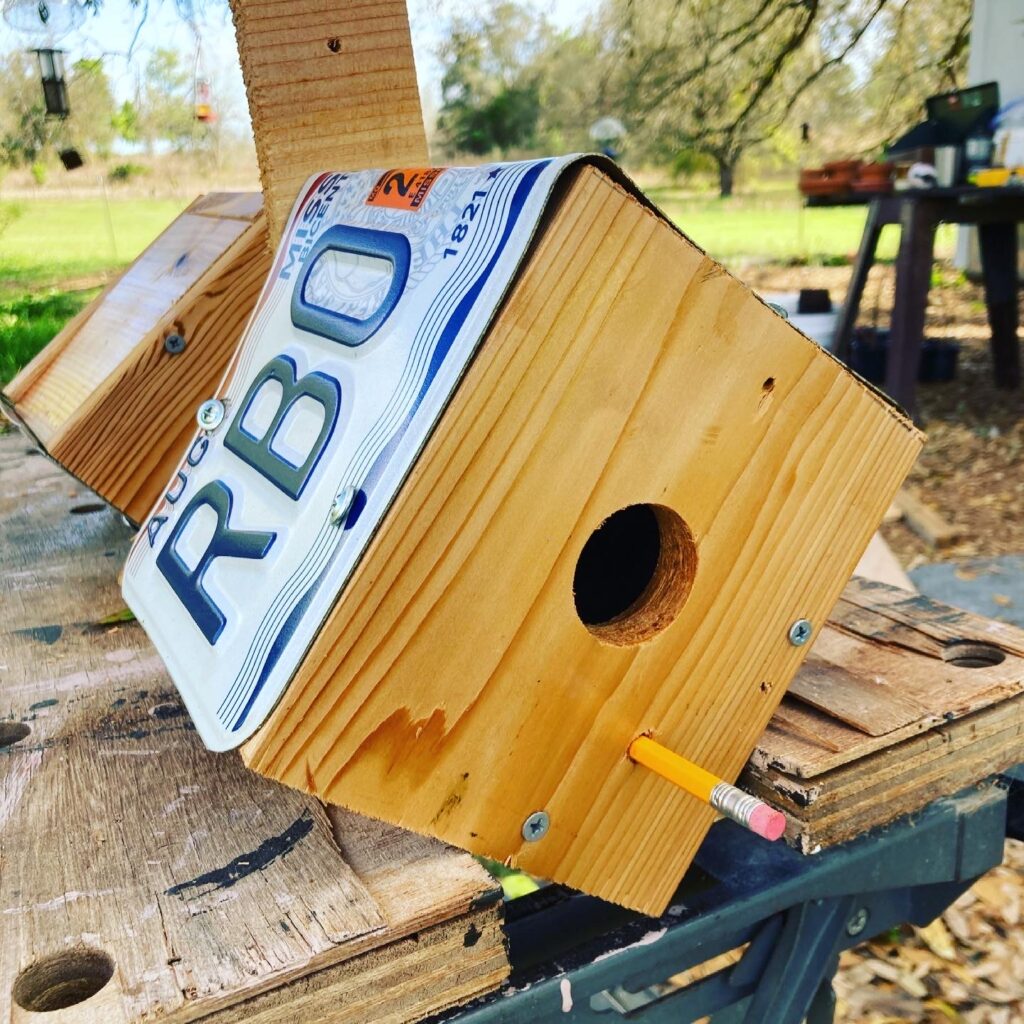
In the Shed
- Sharpen mower blades and all cutting tools.
- Oil any metal that rusted over the winter. Remove tarnish with steel wool. Ax heads should be treated with bees wax.
- Check for broken pots from winter cold.
- Set a few extra mouse traps in the shed, greenhouse, and garage.
- Start up the mower, weed whipper, and other tools for the first time. If you have difficulty starting them, you can always use a bit of Sea Foam to get things moving. Use two ounces per gallon of gas. It will work wonders!
In the Chicken Coop
- Remove winter bedding, if you used the deep bedding method.
- Deep clean…deep clean…deep clean! We use Shaklee’s Basic H2, because it’s organic and will also take care of mites, lice, etc.
- Lower fat content (corn) and increase protein sources. If you are doing a mealworm farm, it’s a great time to give the girls an extra boost!
- Feed extra omega-3’s. Get some feeder fish (minnows) from a local pet store and put them in a shallow pan. Watch your chooks go nuts for them!
- Use honey, garlic, and ACV in their water once per week to give them an extra immune boost before the springtime. I also add a product for livestock by SCD Probiotics based out of KCMO.
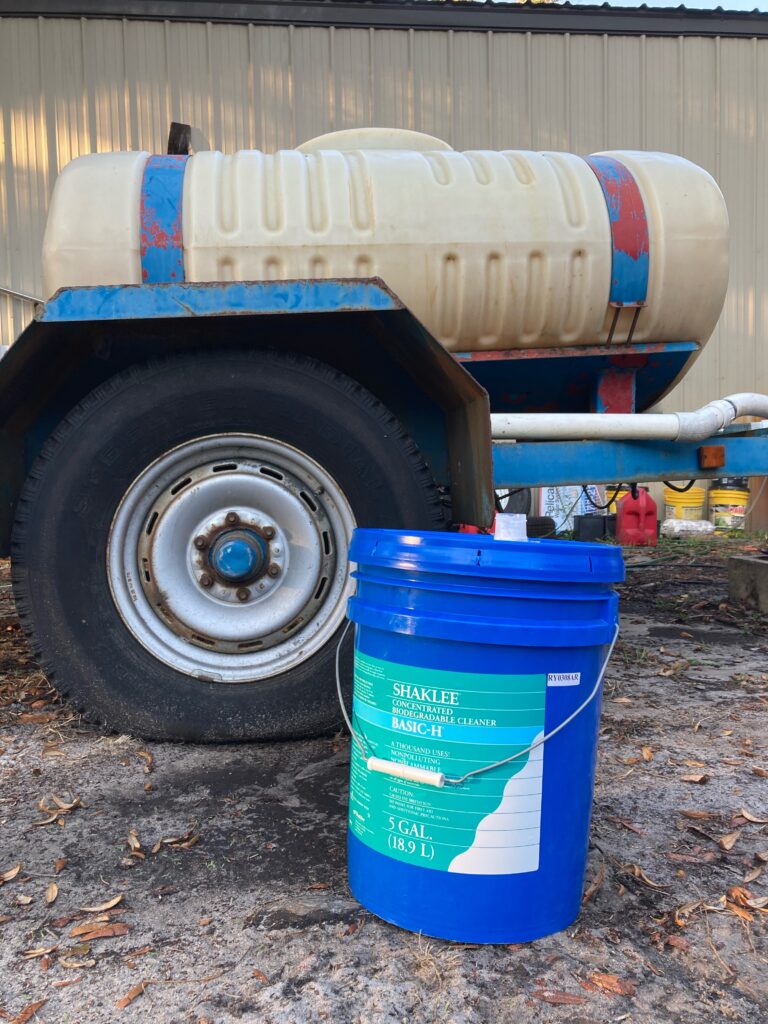
Around the House
- Clean out the gutters from any winter debris, especially oak leaves.
- Remove winter window treatments and wash windows (inside and out).
- Power-wash the sides of the house, cement, and garage doors. We use Basic H2 for this as well, because it organically takes care of mold and mildew easily.
- Oil doors and hinges (interior and exterior).
- Prune any trees around the yard before leaf buds begin to open.
In the Perennial Flower Beds
- Finish cutting back any dead growth from last year.
- Remove leaves or debris from the top of bulb areas, leaving only compost or wood chips. The debris should be composted and added back to the beds later.
- Start planning mulch and compost deliveries now. Look for sales or companies to bring it to you in bulk.
- You can also plant cold season annual flowers at this time as well. Snap dragons, violas, pansies, begonias, and calendulas do great this time of year.
- Spring sow any native wildflowers.
- TIP: Never use mulch that has been colored or dyed (red or black). Let’s just use our heads on why that’s a bad idea.

